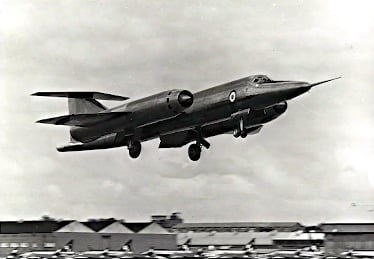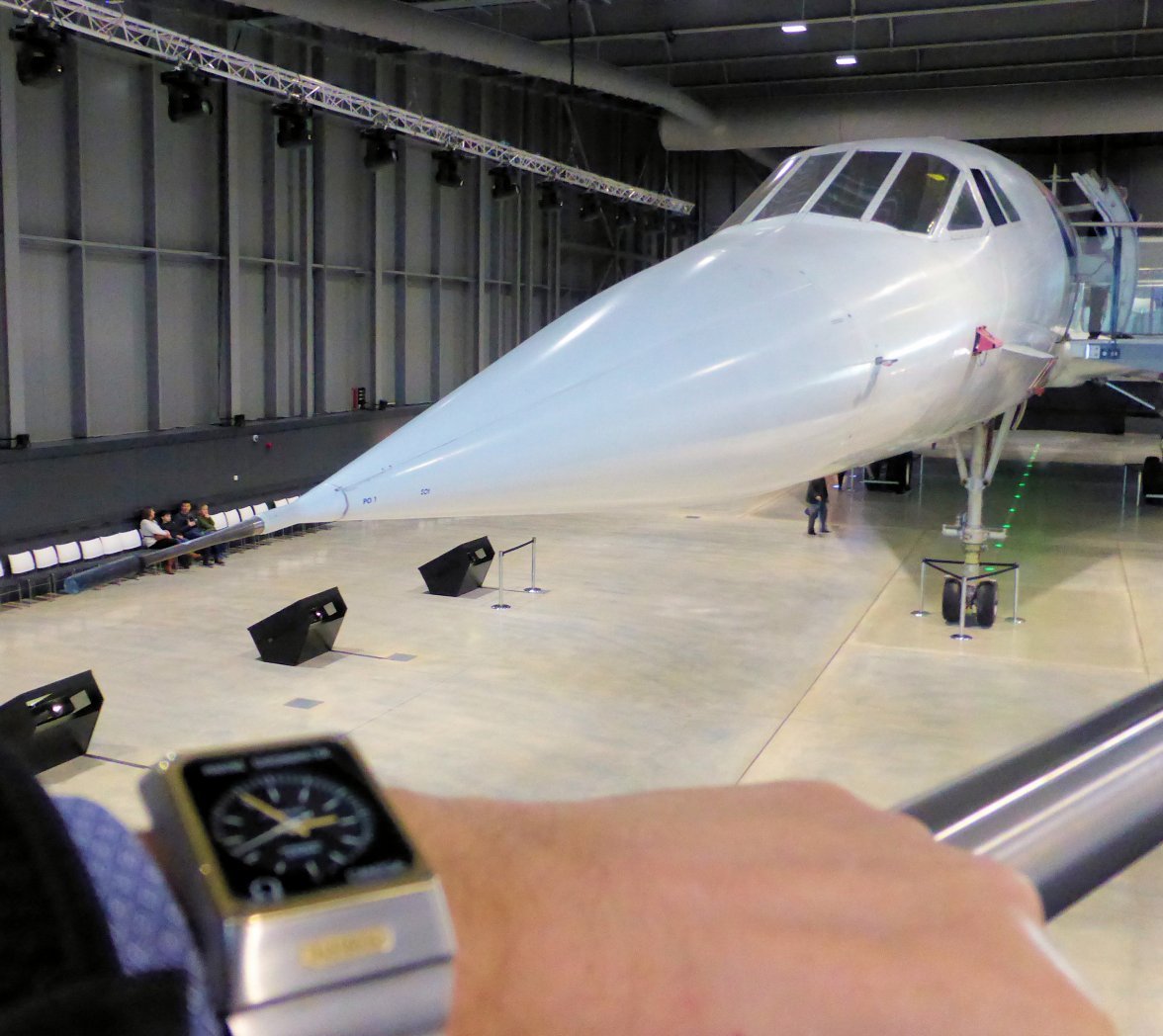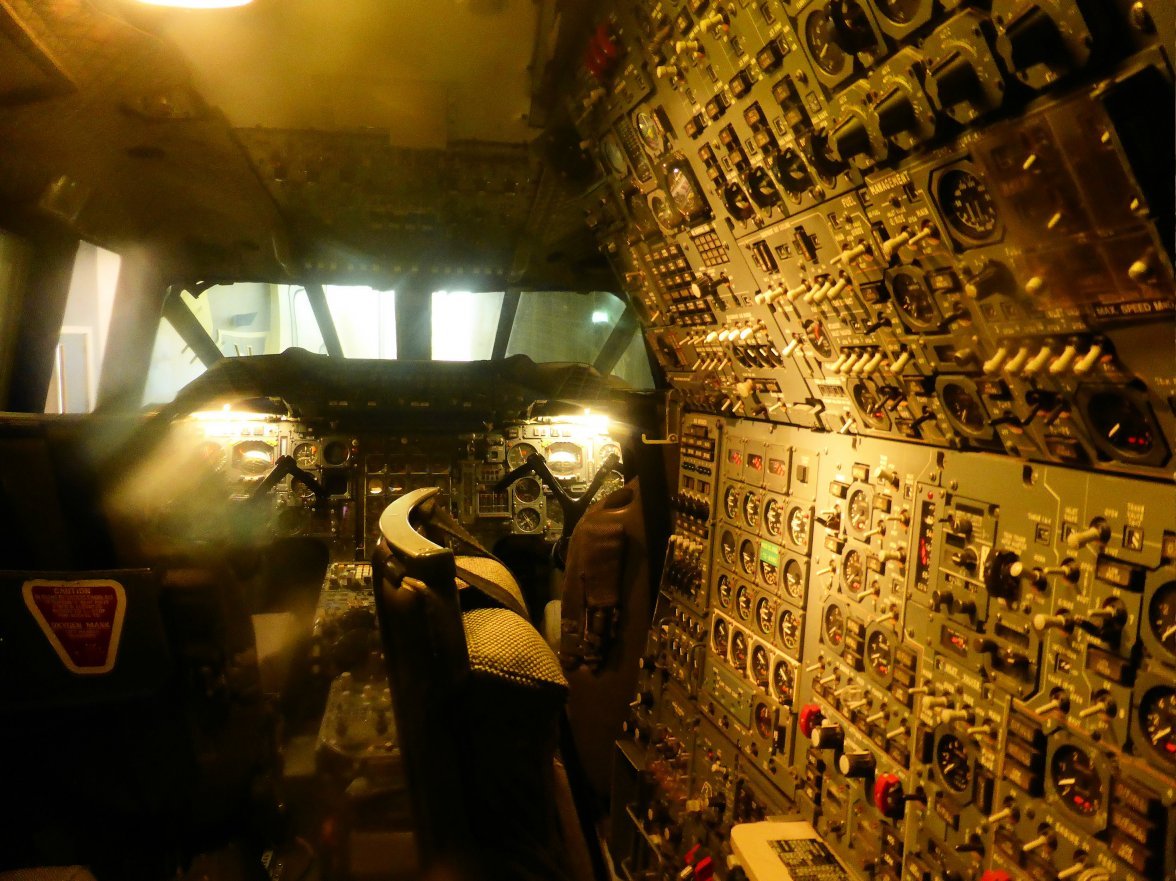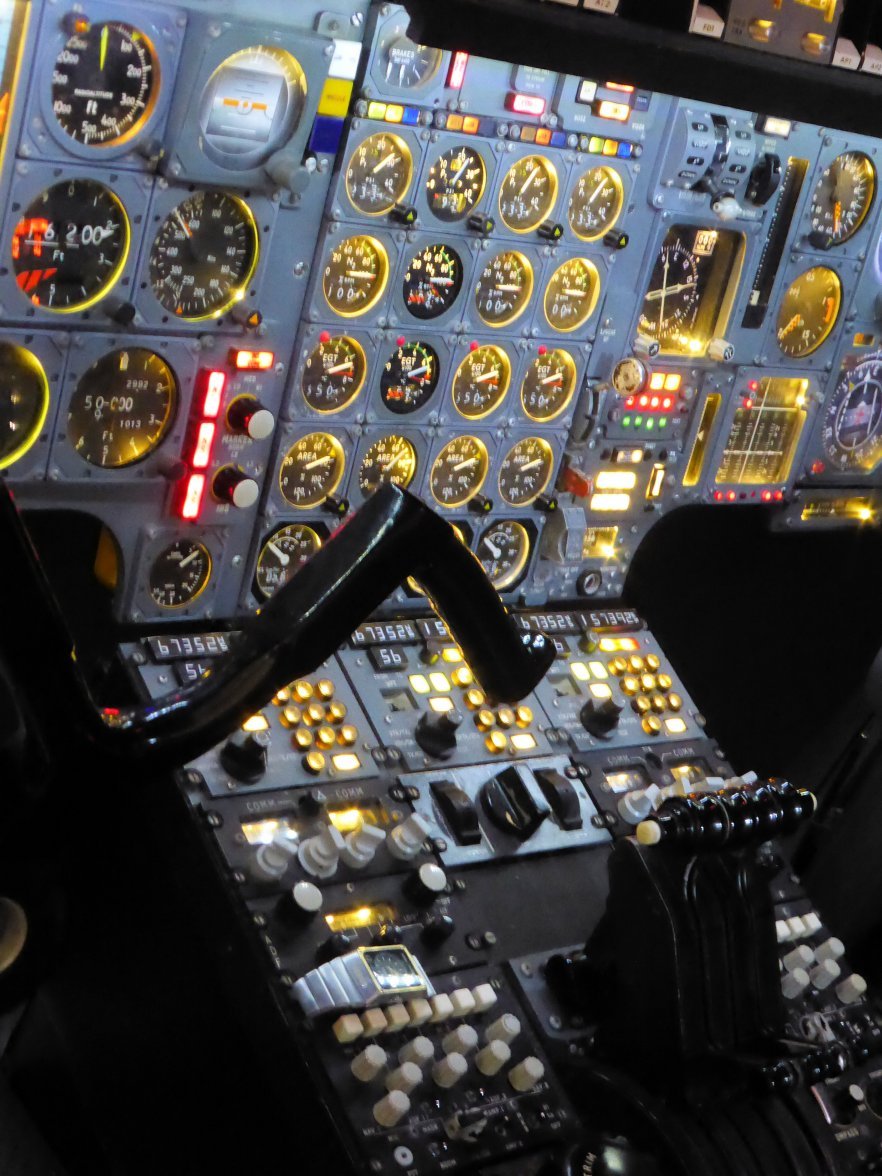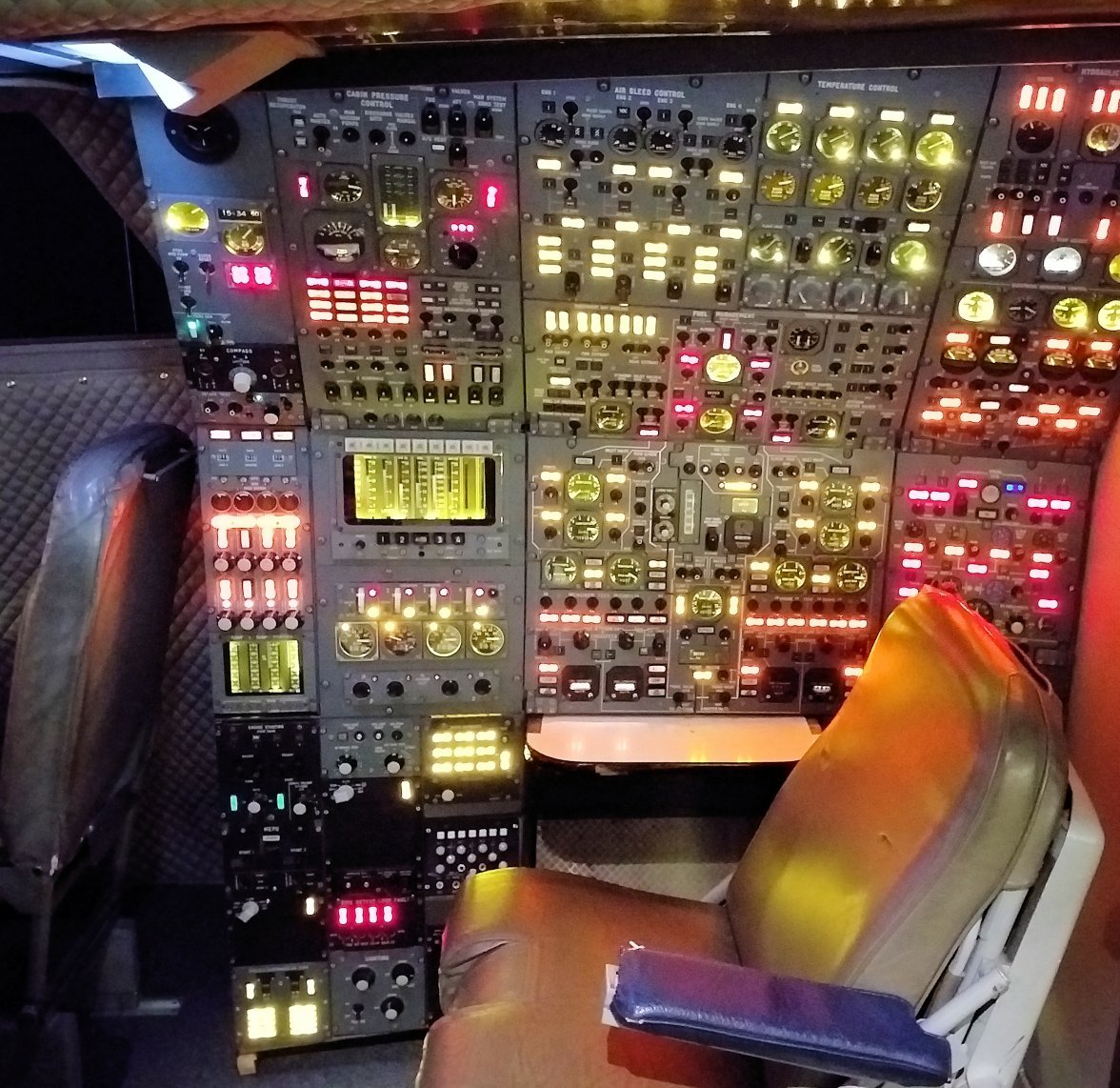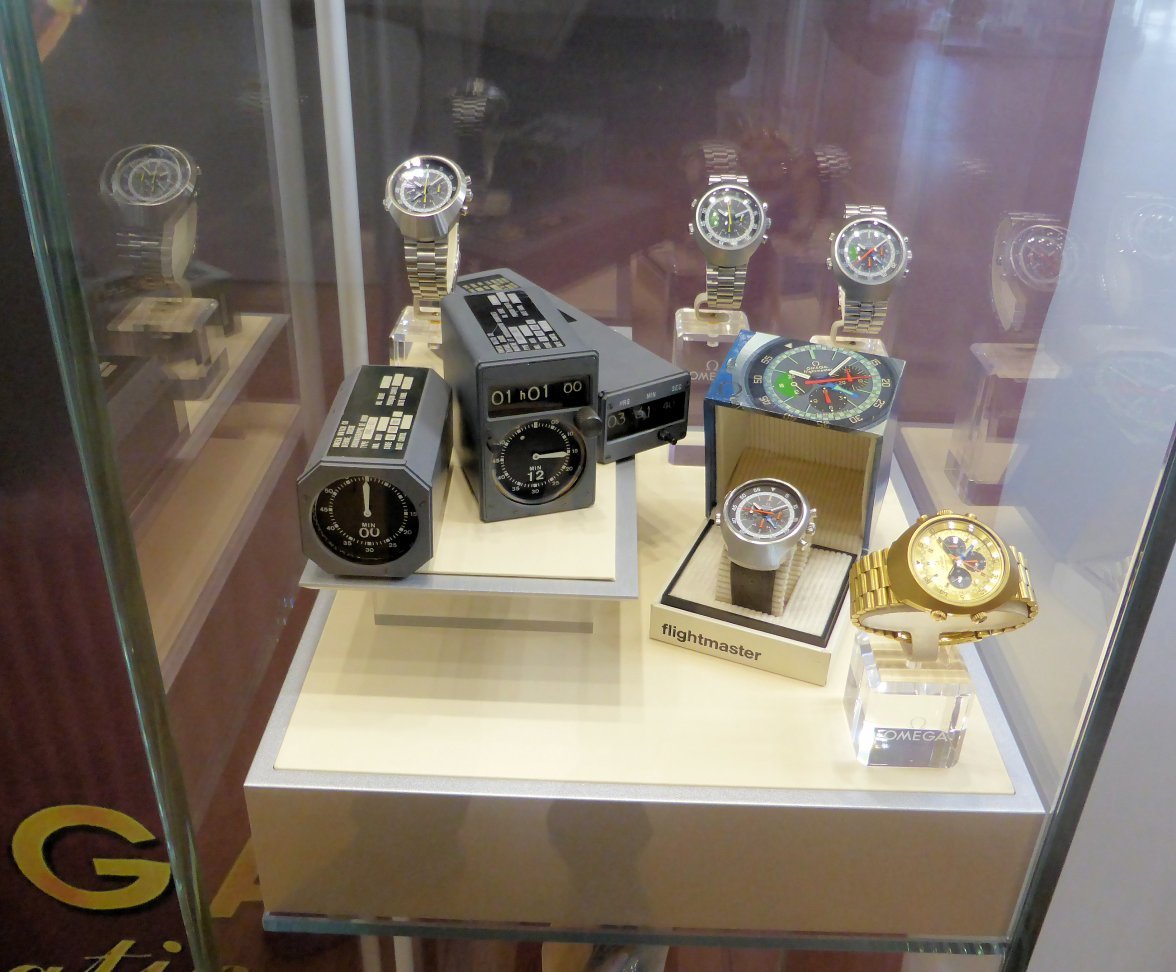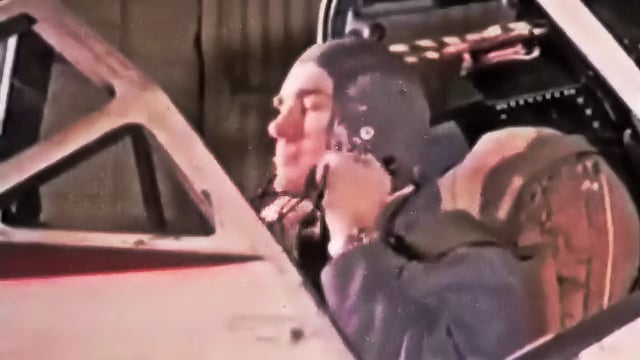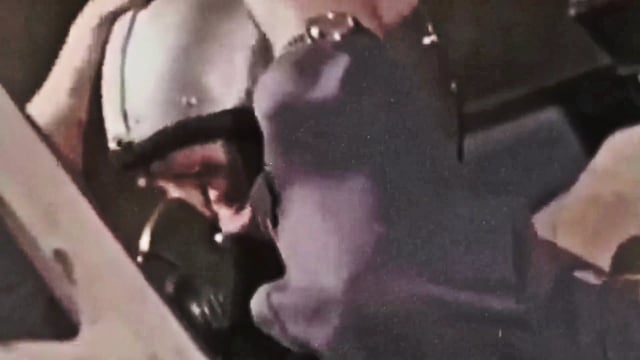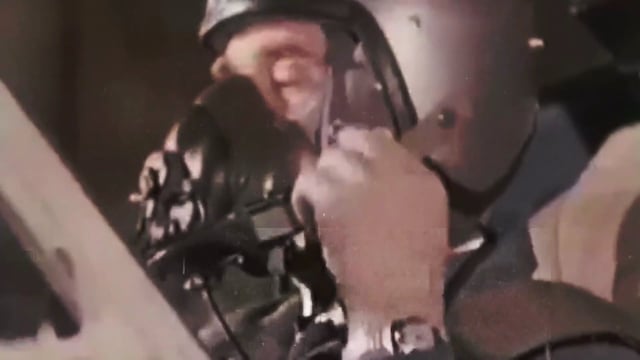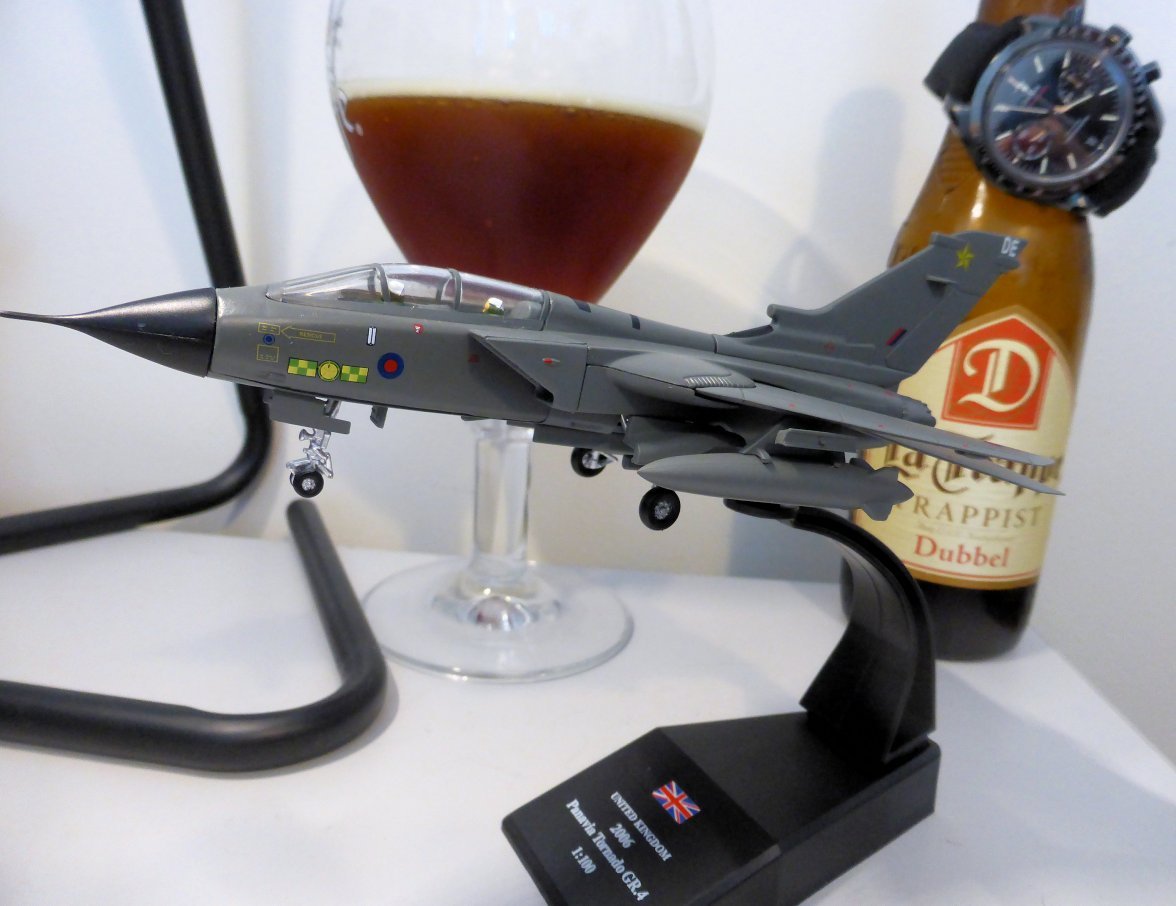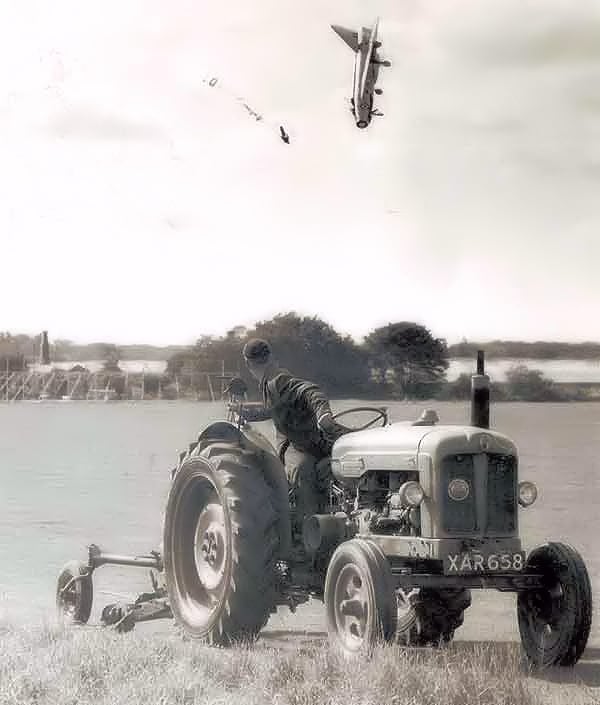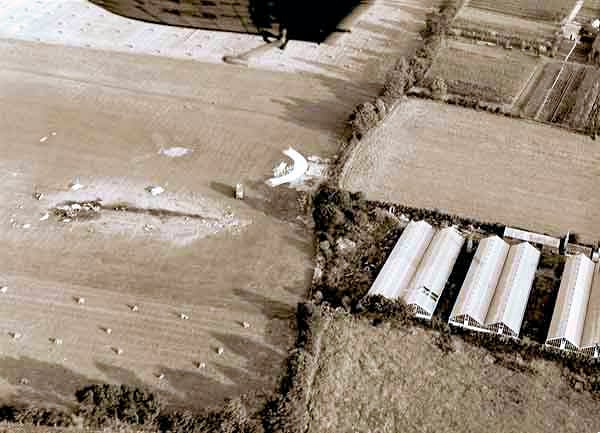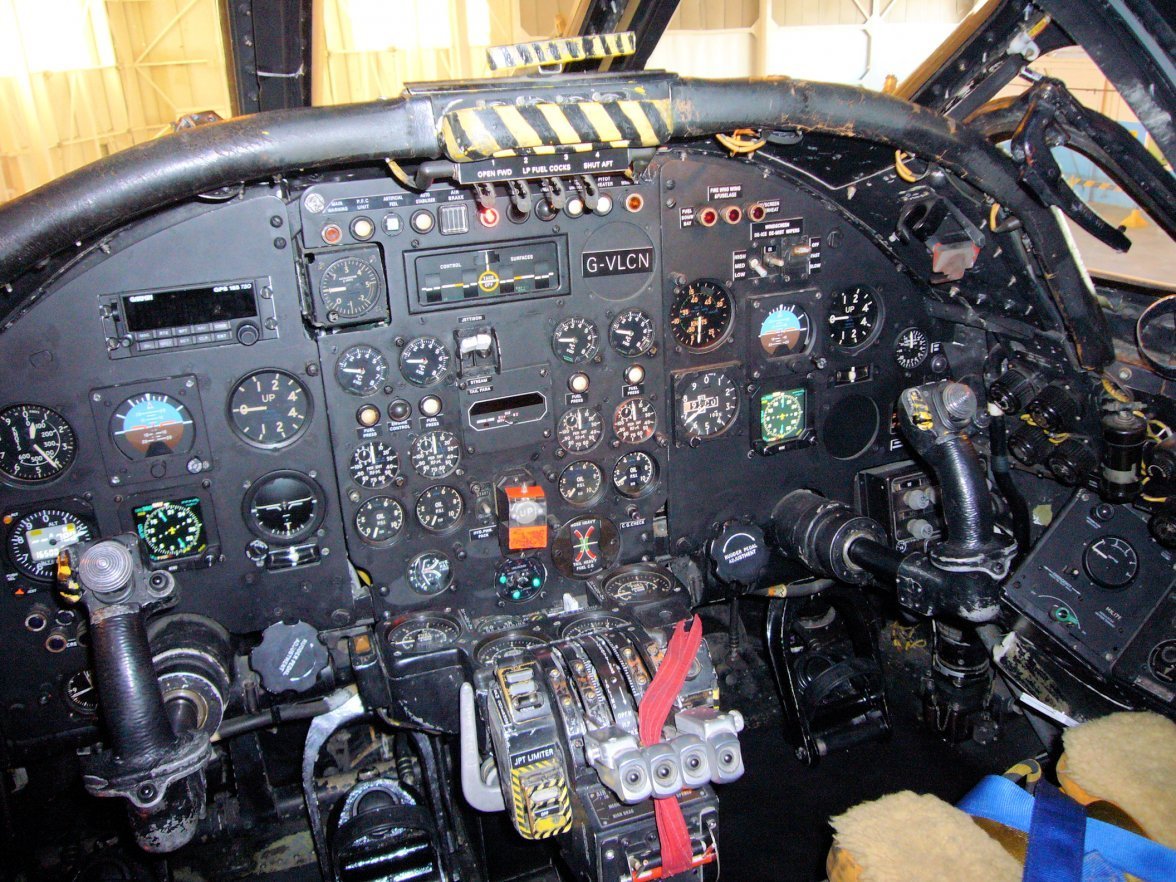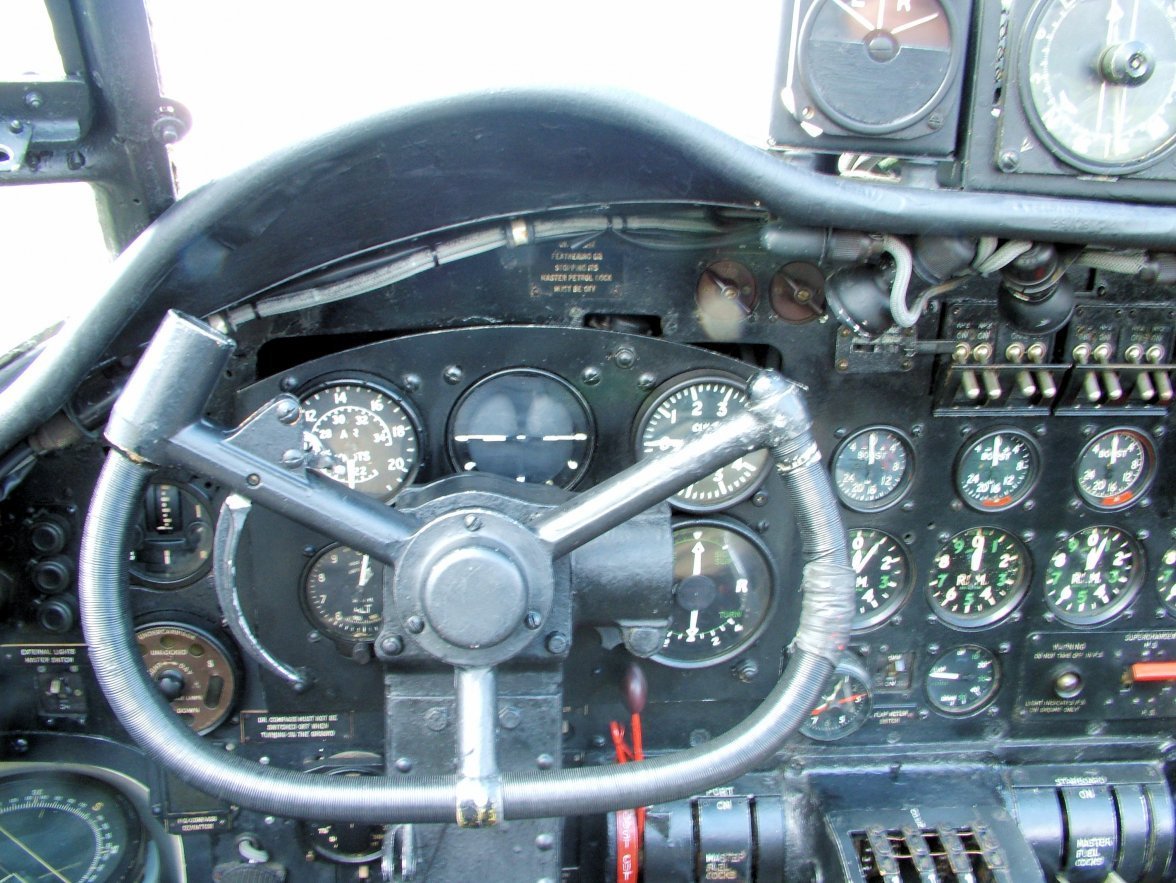Omegafanman
·So, I fell upon a YouTube video on the Bristol 188 and have ended up bouncing around various topics (there is a question on my last post below). The video is well worth a watch
Amazing to see what was achieved and could have been achieved back then (don’t get me started on the TSR-2)
.
https://en.wikipedia.org/wiki/Bristol_188
https://www.youtube.com/watch?v=ivf4mXaqME8
Amazing to see what was achieved and could have been achieved back then (don’t get me started on the TSR-2)
.
https://en.wikipedia.org/wiki/Bristol_188
https://www.youtube.com/watch?v=ivf4mXaqME8
